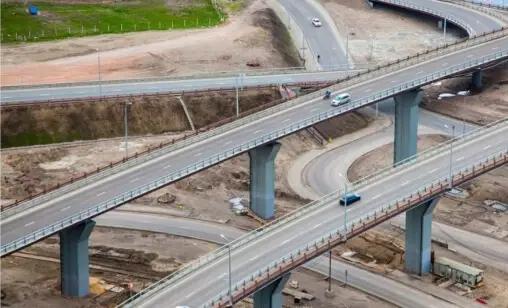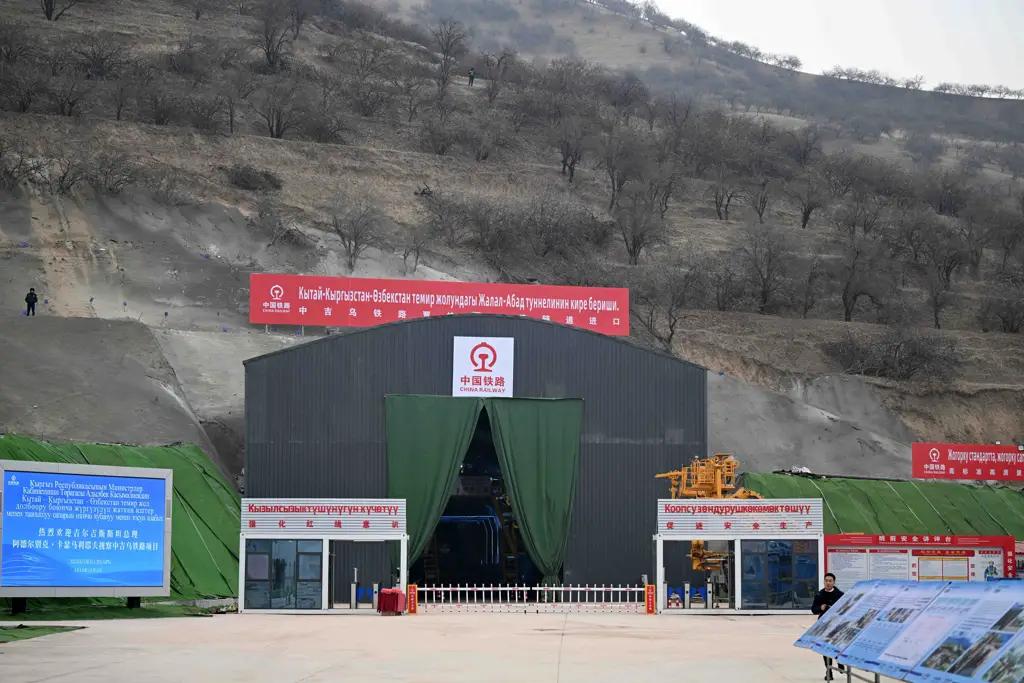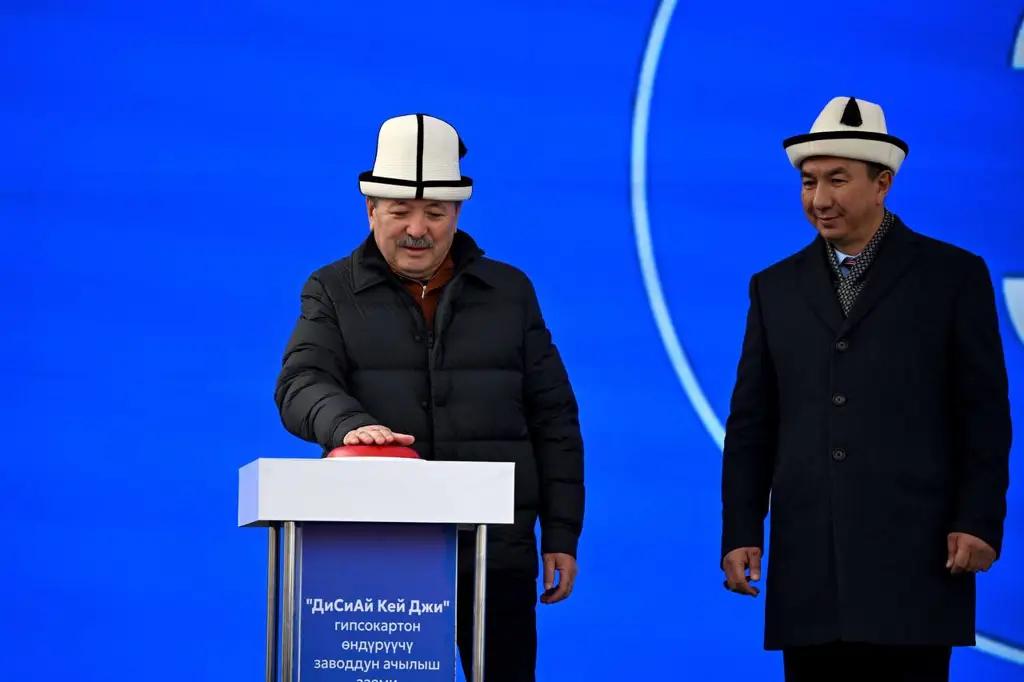
Published
10/14/2025, 15:28Central Asia is steadily establishing itself as a key transit hub in Eurasia. According to the Eurasian Development Bank (EDB), the volume of transit cargo traffic through the region will grow by 70% between 2020 and 2024.
The landlocked region has proven that it can become a hub for Eurasian logistics thanks to its advantageous geographical location and active investment in infrastructure.
Key facts:
— 80% of transit flows pass through Kazakhstan and Uzbekistan;
— about 60% of cargo is transported by rail;
— more than 70% of transit traffic is accounted for by routes between China and Europe, Russia, Turkey, and Afghanistan.
According to data from the EDB Transport Projects Observatory, more than $52 billion is planned to be invested in the development of transport corridors in Central Asia by 2035.
"Over the past five years, we have witnessed a twofold increase in foreign trade between Central Asian countries and China. At the same time, transit flows have grown by 70%. But this is only the beginning. The region needs high-quality infrastructure, especially in the North-South direction and through the Trans-Afghan corridor, which opens up new horizons for trade with the Gulf countries and South Asia," said Evgeny Vinokurov, Deputy Chairman of the Board and Chief Economist of the EDB.
According to experts, transit growth is driven not only by new roads, but also by “soft infrastructure” — the simplification of border procedures, the digitization of logistics, and the coordination of tariff policies, which reduces the cost of container transportation and speeds up the movement of goods across the region.



